7 Female Icons Defining The Arab World
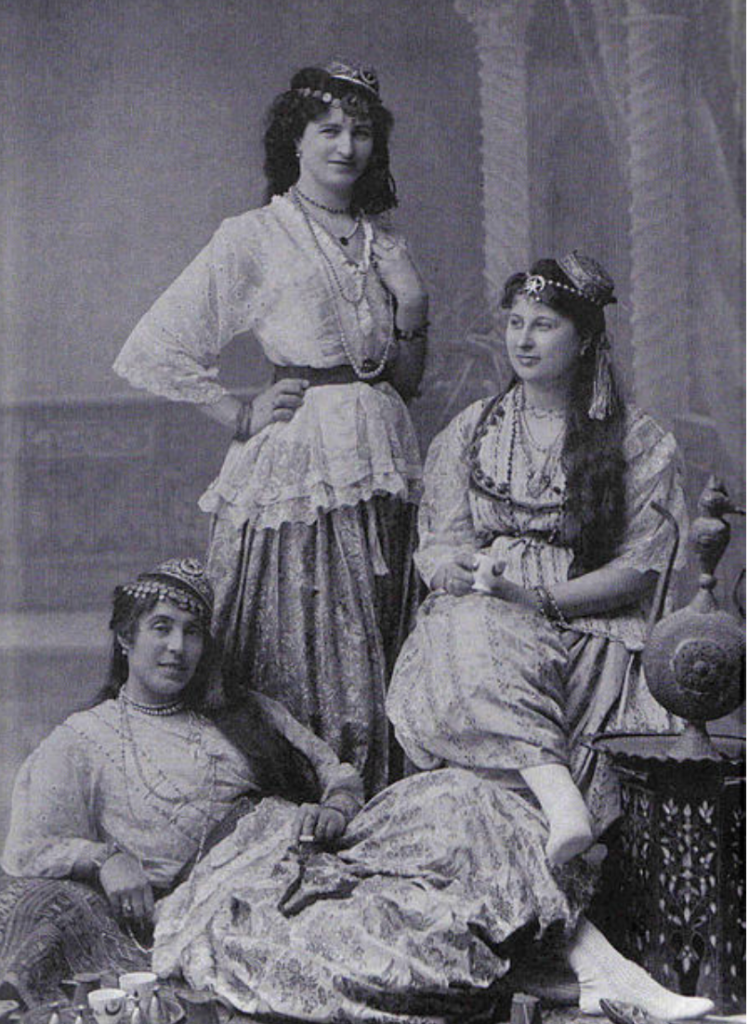
By: Raisa Sami / Arab America Contributing Writer
Arab America looks at the controversy and fascination surrounding the role of women in Arab societies by showcasing notable women from the medieval to the modern era. Despite pervasive gender inequality and underrepresentation in politics, the area has produced women who have had an impact on the arts, sciences, and religious thought. They established the first educational institutions, contributed to the ascetic movements in Islam, and produced innovative and fearless architectural designs. Seven female individuals are featured in the profile, representing a range of powerful women from the medieval to the modern eras.
Fatima al-Fihri
It is said that Fatima al-Fihri, who was born in Tunisia in the year 800 CE, founded the first university in history in Fez, Morocco. She studied Islamic law and teachings attributed to the Prophet Muhammad during her early years, having been raised in an affluent merchant family. She inherited her father’s fortune after his passing and opened a madrassa, or school, where she taught Islamic principles. After moving to Morocco, she founded a university named after her hometown of al-Qarawiyyin. It offered classes in both secular and Islamic subjects, including music, Arabic grammar, mathematics, and Quranic studies. To set itself apart from other similar educational establishments, the institute awarded diplomas attesting to academic achievement. Notable alumni include the medieval Muslim sociologist Ibn Khaldun and the Jewish philosopher Maimonedes.
Sameera Moussa
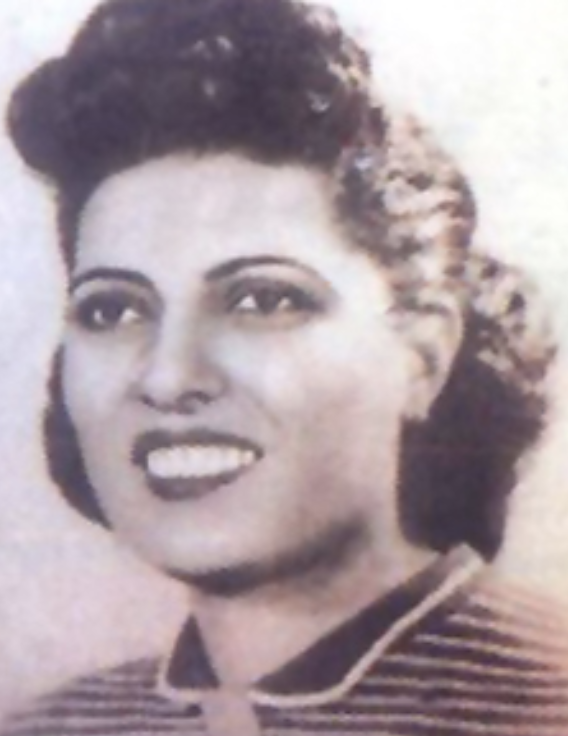
Moussa, who was born in the Egyptian governorate of Gharbia in 1917, rose to prominence as a nuclear scientist. After her mother passed away from cancer, she developed an interest in nuclear technology. Moussa wanted nuclear medicine to be as cheap and widely available as aspirin. After earning her degree in radiology in 1939, she rose to prominence as a leading expert on how X-rays affect various materials. Following the US atomic bombings of Hiroshima and Nagasaki in 1945, Moussa organized a conference dubbed Atomic Energy for Peace to urge governments to oppose atomic weapons and work to ensure that nuclear technology is used peacefully. Her death in 1952 is still a mystery; some say Egypt’s nuclear research program was hampered by an operation carried out by Israel’s Mossad intelligence agency.
Zaha Hadid
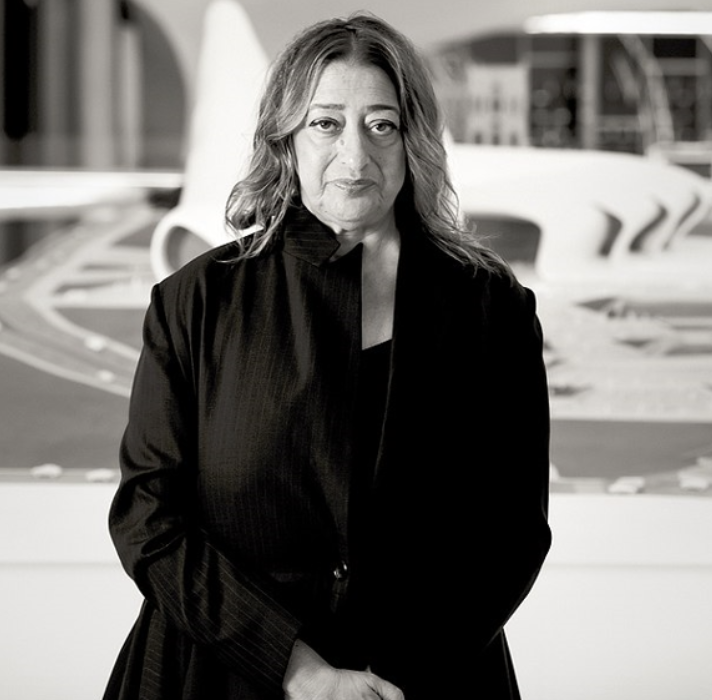
Zaha Hadid was a well-known modern architect who was born in Baghdad in 1950. Her distinctive and dynamic designs were influenced by natural phenomena. In 1979, she founded Zaha Hadid Architects, and in 2004, she became the first female recipient of the Pritzker Architecture Prize. Global cities like London, Baku, New York, and Antwerp have showcased her designs. Hadid was a “deconstructivist” designer who used styles influenced by the natural world. For her work at the Evelyn Grace Academy in Brixton, London, she was also awarded the Stirling Prize. She also created the Sheikh Zayed Bridge in Abu Dhabi, drawing inspiration from sand dunes. Hadid left behind 36 unfinished projects when she passed away in 2016 at the age of 65.
Anbara Salam Khalidi
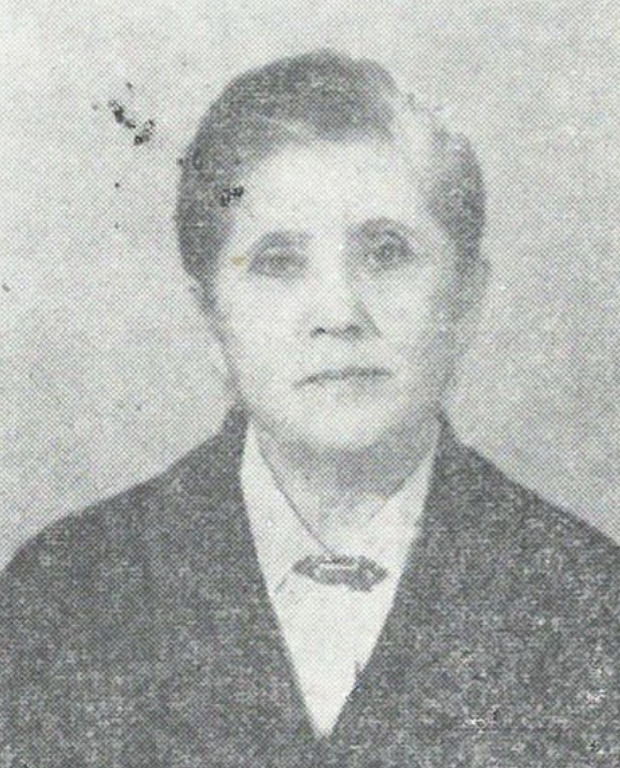
A writer, translator, and feminist, Anbara Salam Khalidi established one of the first women’s societies in the Middle East. She was first exposed to feminist ideas when she was born in Lebanon in 1897, and she started writing about women’s education. She taught in schools and shelters during World War I and afterward went to Britain to learn about the suffragette movement. Khalidi disobeyed the veil and turned down marriage proposals until she was thirty years old, at which point she wed Ahmad Samih Khalidi. She opposed Zionist settlement and ran campaigns for civil society in Palestine. She had to leave Palestine, though, because of the Nakba in 1948. 1986 saw Khalidi’s death in Beirut.
Shajarat al-Dur
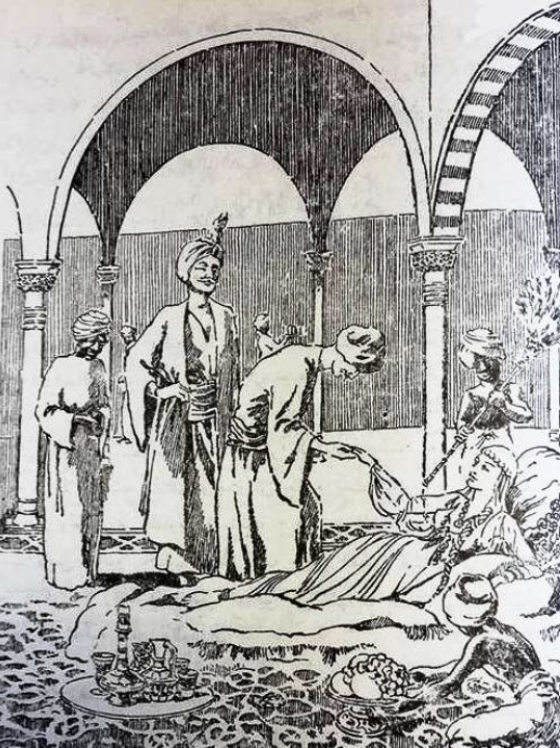
Shajarat al-Dur, the first woman to sit on an Egyptian throne since Cleopatra, was the wife of the first sultan of the Mamluk Bahri dynasty. Born in the early 13th century in Turkey, she rose to power as a slave and later became the concubine of Ayyubid Sultan As-Salih. After As-Salih’s death, she held on to power by becoming the Sultana and marrying a Turkic Mamluk, Aybek. Aybek became sultan, and the Ayyubid rule in Egypt ended. However, their relationship turned sour when Aybek took on a second wife. Al-Dur murdered Aybek and tried to explain away the murder as a sudden passing. The Mamluk sultan’s officers suspected foul play, and under torture, al-Dur’s accomplices admitted the plot. Al-Dur was imprisoned and later murdered herself.
Rabia al-Adawiyya
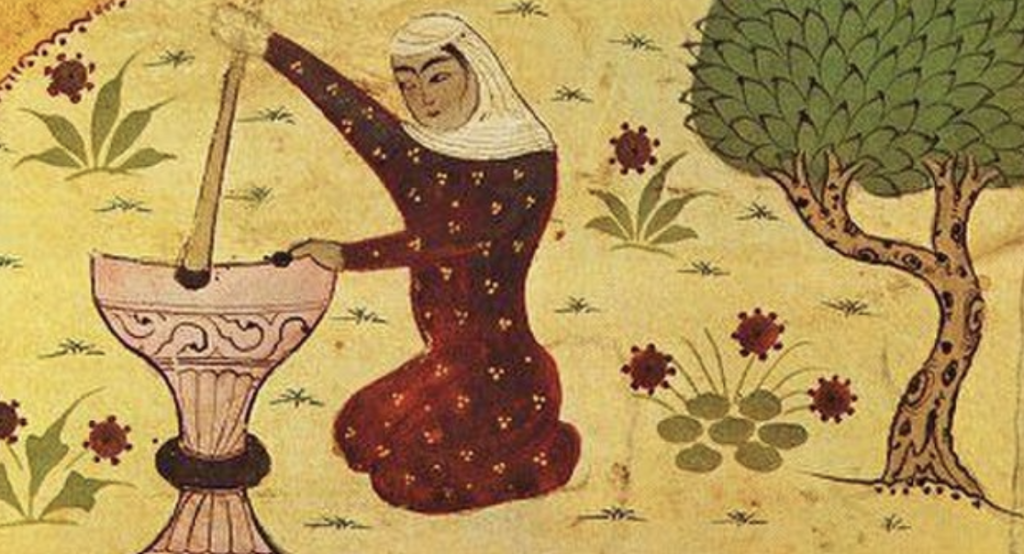
Rabia al-Adawiyya, also known as Rabia Basri, was a significant Sufi saint born in 701 CE in Basra, Iraq. She was sold into slavery by her master, who saw a shining light above her head, which led to her release. After her release, she dedicated herself to an ascetic lifestyle, rejecting material goods and marriage, and instead dedicating her life to worshipping God. Her religious views were expressed in her poetry, emphasizing that belief in God should be based on love rather than fear of punishment or reward. Adawiyya died in her early to mid-80s, and her teachings continue to inspire Sufi thinking for centuries to come.
Fairuz
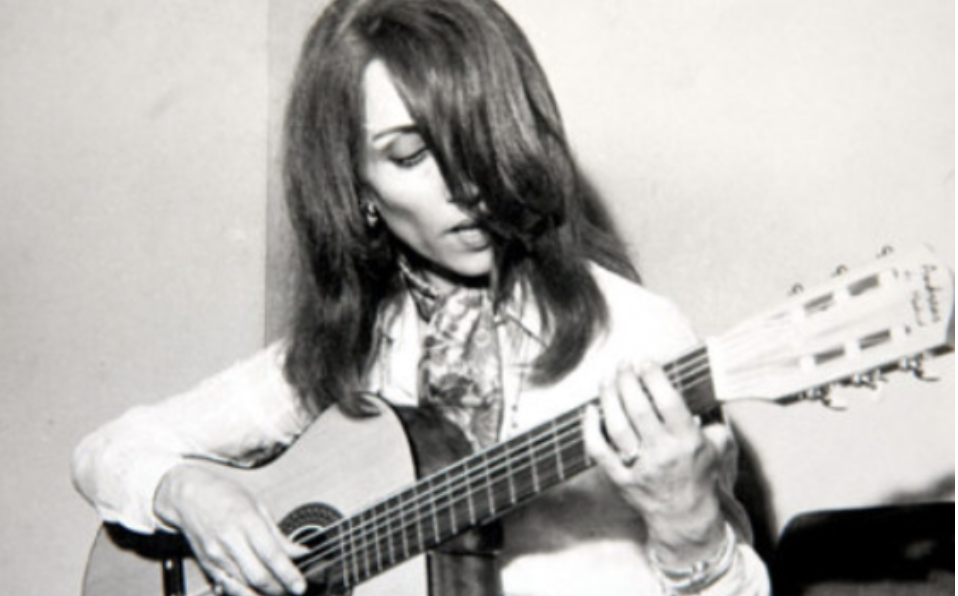
Fairuz, a Lebanese singer, is a popular figure in the Middle East and beyond, known for her songs that evoke nostalgia, serenity, and longing. Born in Beirut in 1934, Fairouz was discovered by Mohammed Fleifel in her teens and gained the nickname Fairouz, Arabic for turquoise, after her first performance on Radio Lebanon in the late 1940s. Her larger-than-life personality and musical breadth have shaped the Arab diva archetype, which artists today strive to emulate. Fairuz’s most famous song, Sanarjaou Yawman (We Shall Return One Day), is dedicated to those forced into exile following Israel’s creation in 1948.
Check out Arab America’s blog here!








